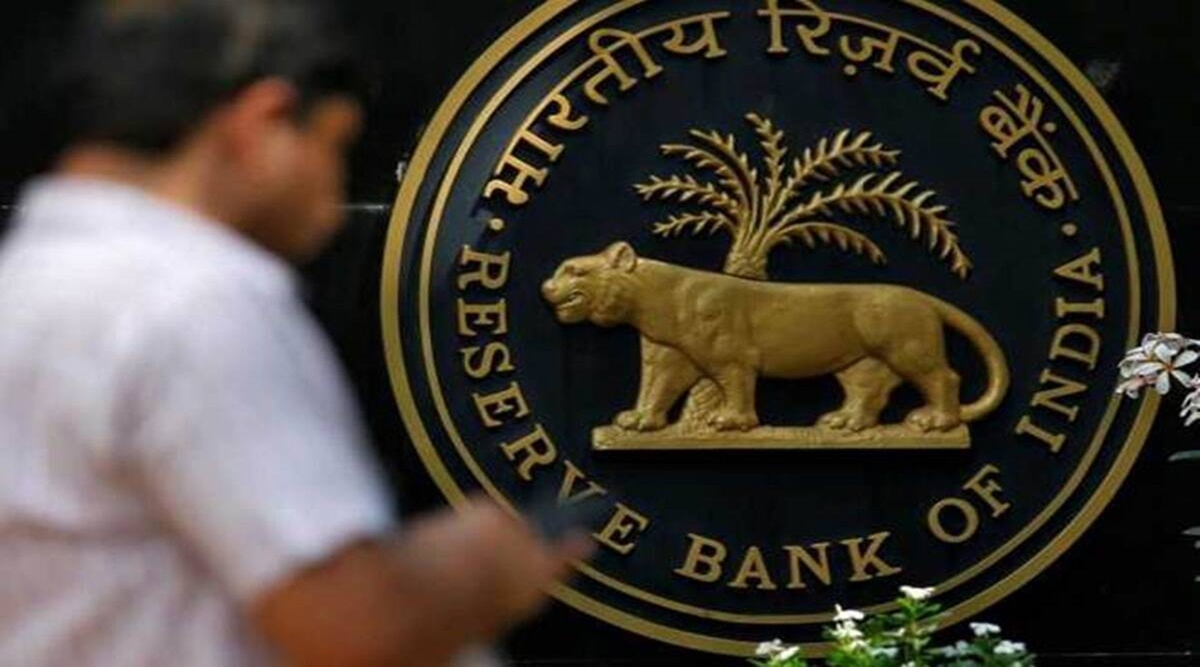15 Mar , 2022 By : monika singh

The biggest challenge for the government is to rein in inflation, especially prices of food, oil and commodities that threaten to erode living standards of vast sections of the population. Rising prices are a “tax on the poor” as food consumption accounts for a large share of their meagre budgets and dearer food—the food index registered a 14-month high at 5.43% in January and 5.85% in February—hit them the hardest. This forces them to substitute expensive cereals with inferior ones and spend less on nourishing food, among other painful adjustments, as has been observed by professor Raghav Gaiha of the Population Aging Research Centre, University of Pennsylvania. This happened during the pandemic and is likely to intensify in the coming months.
Worsening geopolitical tensions, with Russia’s military offensive in Ukraine since February, are a proximate cause of across-the-board price pressures that undermine assumptions of Budget FY23. The consumer price index touched 6.01% year-on-year in January, the highest in seven months. According to the latest numbers, it went up a tad to 6.07 % in February, which breaches the central bank’s upper tolerance limit of medium-term inflation target at 4% plus or minus 2%.
Looking ahead, there is no doubt that consumer inflation is bound to further spike upwards if the war continues in Ukraine. What upsets budgetary calculations are not just global oil prices at more than at $100 a barrel—it assumed oil prices at less than $75 a barrel—which pass through to higher domestic retail prices, but also prices that are also sharply up for a range of agri-commodities which India sources from abroad; these are bound to be reflected in the consumer price index, like prices of vegetable oils and oilseeds, for instance. The supply disruptions in the Black Sea due to the ongoing war are impacting fertiliser prices as well like that of muriate of potash (MOP) that India wholly imports. Global prices of urea, di-ammonium phosphate and complexes and their raw materials, too, have sharply gone up. Their rising prices imply that budgetary allocations for fertiliser subsidy this fiscal would have to be increased even further. The fertiliser subsidy bill has been revised to `1.4 trillion from the budgeted Rs 79,530 crore. Barring fertiliser subsidy, the government believes that with oil prices cooling down in the next two-three months, the budget’s math is unlikely to be altered in the current fiscal.
As inflation has exceeded RBI’s comfort zone, all eyes will be on how it calibrates its response. Although it has the mandate to target a particular rate of inflation, it has the flexibility to respond to various problems of the economy as they arise. So, if India’s growth outlook remains weak, RBI can adopt an accommodative stance to boost growth, as it did when the pandemic impacted overall growth, without worsening inflation. But costlier oil is bound to force a rethink when the monetary policy committee meets on April 6-8. RBI’s deputy governor has indicated that surging oil prices “may trigger re-calibration of forecasts” given the upside risks for inflation beyond the rate of 4.5% projected for the next financial year. According to him, the prospects for food inflation easing “remain bright” with record food grain production in 2021-22 (July-June). Strong supply-side interventions and higher production can check inflation in pulses and edible oils. But it is the spillovers into consumer inflation from the ongoing geopolitical tensions in Ukraine, beyond its tolerance limits, that may prompt RBI to act. After all, there will be diminishing returns to growth from a continued high inflation tolerance.
0 Comment